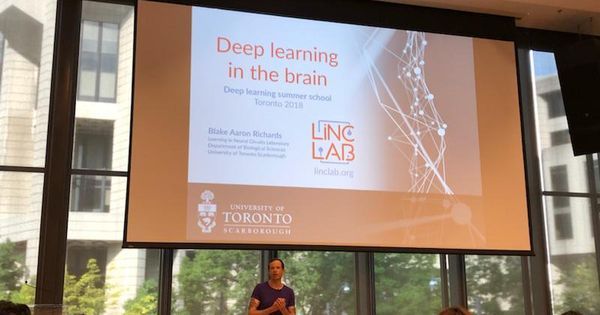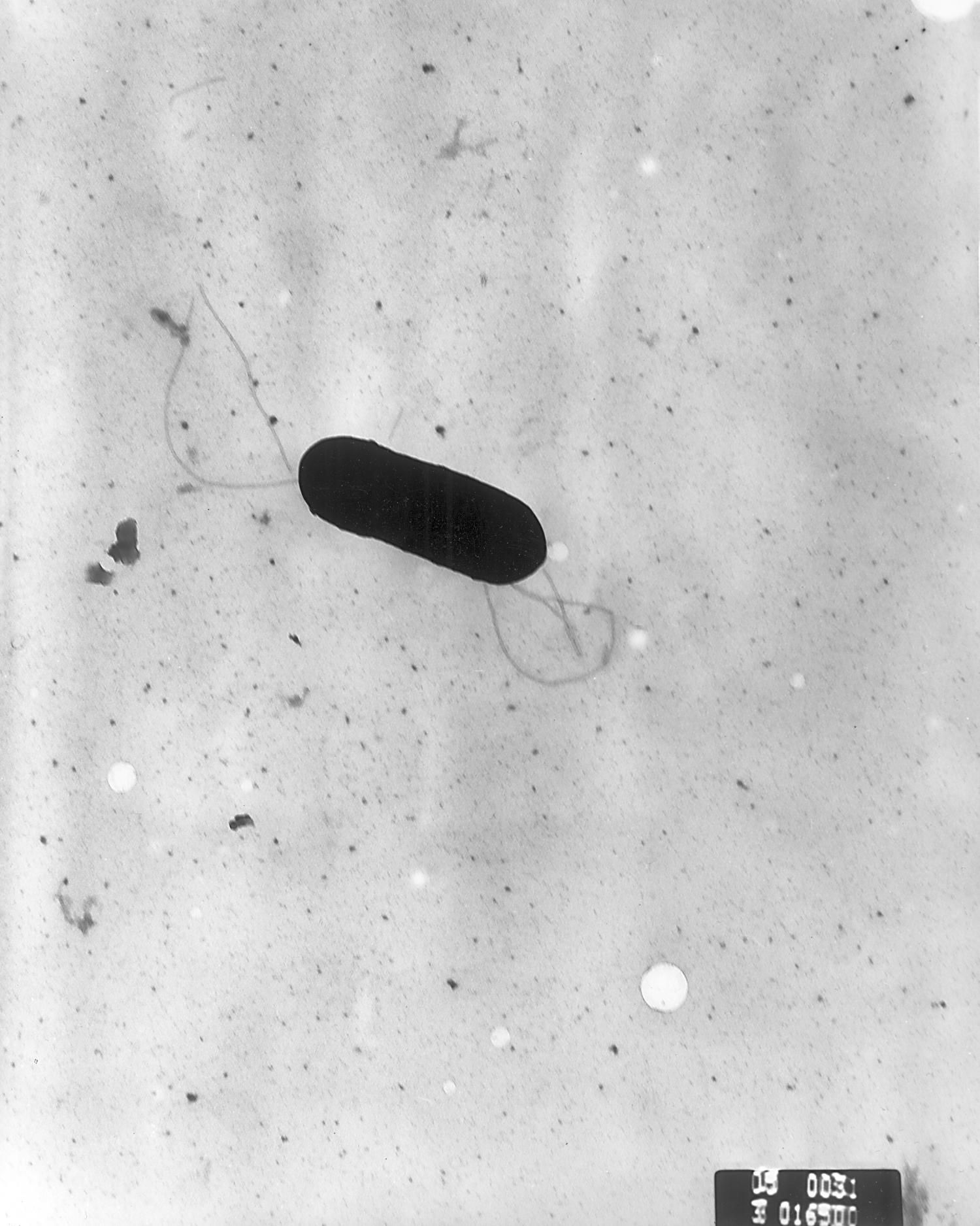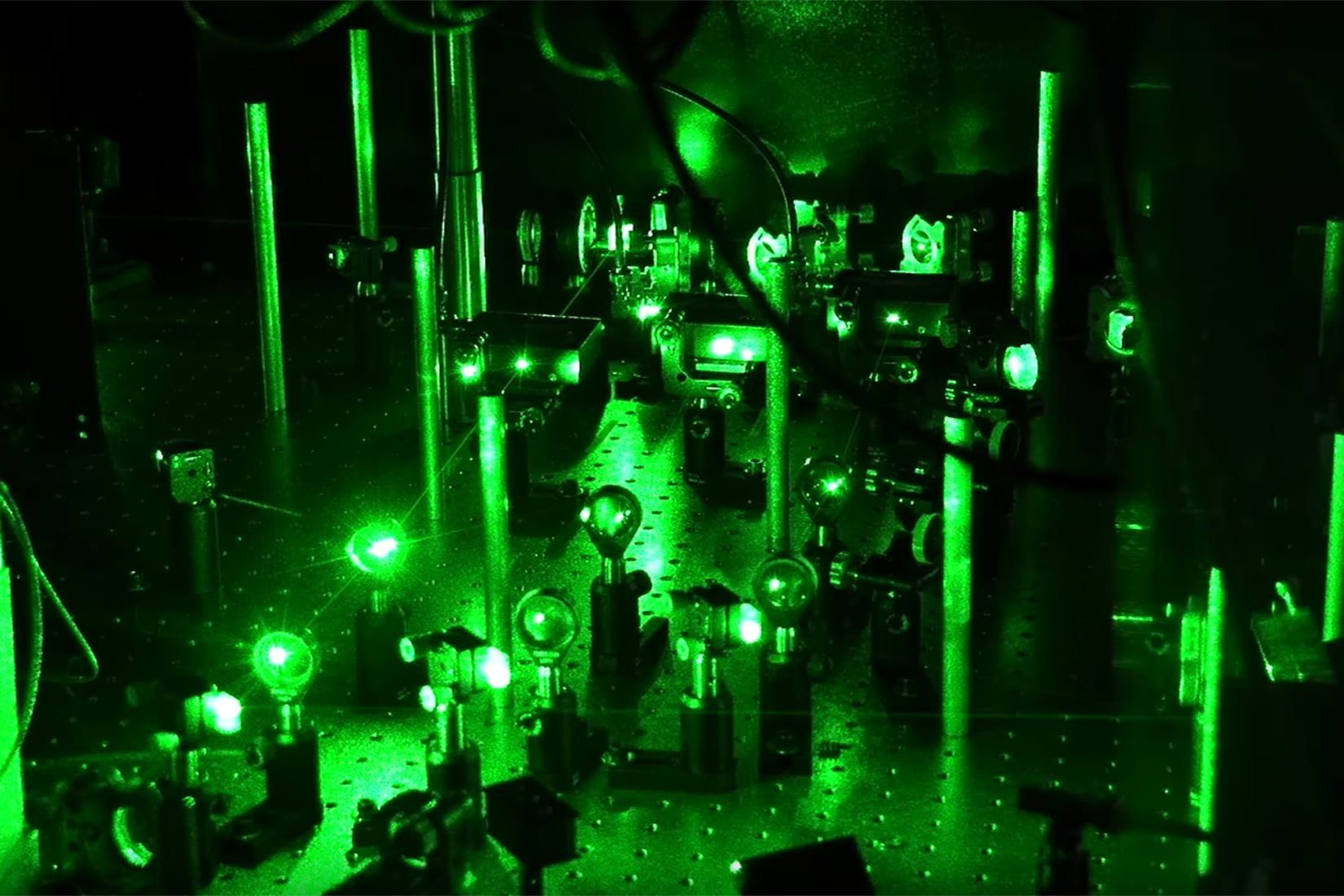In the beginning, big ideas required big rockets. Now, we can launch satellites that fit in the palm of our hand. Discover how by watching this video!




Students benefit from classes by the leading experts in each subset of AI research. Students learn about techniques like computational reinforcement learning by one of the inventors of the technique (Richard Sutton). The list of over 28 AI experts allows students to develop a deeper intuition about AI techniques from often the people who are at the forefront or have invented a particular AI technique.
Aside from the world-class instruction, AI companies sponsor dinners and rooftop socials meant to facilitate future collaborations among research labs.
The CIFAR deep learning and reinforcement learning school has been training the world’s top AI researchers since 2005. Here we take an insider’s look at the school.

We have a vacancy for a senior/principal mechanical engineer capable of providing specialist consultancy/mechanical design analysis, research and development support to clients in both space and terrestrial markets.
The role involves leadership of all aspects of multiple mechanism and tribology projects from identification of opportunities and where necessary funding sources, through preparation of winning proposals to execution of the work in-line with cost, schedule and quality requirements.
Working mainly with bespoke, precision mechanical systems, the main purpose of the role is to provide specialist engineering consultancy and research/development support to external clients involved in space and vacuum mechanism development. In addition, the job-holder will be expected to provide conceptual/architectural design and development leadership for in-house devices, new products and test facility developments.

Bacteria that were thought to be resistant to a powerful antibiotic may be susceptible to treatment after all, research has found.
The food-poisoning bug Listeria was shown to respond to an antibiotic even though the bacteria carry genes that should make it highly resistant.
Scientists say the antibiotic—called fosfomycin—should be reconsidered as a treatment for life-threatening Listeria infections.


Rice University atomic physicists have verified a key prediction from a 55-year-old theory about one-dimensional electronics that is increasingly relevant thanks to Silicon Valley’s inexorable quest for miniaturization.
“Chipmakers have been shrinking feature sizes on microchips for decades, and device physicists are now exploring the use of nanowires and nanotubes where the channels that electrons pass through are almost one-dimensional,” said Rice experimental physicist Randy Hulet. “That’s important because 1D is a different ballgame in terms of electron conductance. You need a new model, a new way of representing reality, to make sense of it.”
With IBM and others committed to incorporating one-dimensional carbon nanotubes into integrated circuits, chip designs will increasingly need to account for 1D effects that arise from electrons being fermions, antisocial particles that are unwilling to share space.

Researchers at MIT have come up with a de-icing system that is completely passive and relies only on the power of the sun, or artificial light, which means it can also work at night. The system could be used to prevent ice building up on aircraft wings, wind turbine blades, and powerlines.

Rather, they looked like whirlpools in space-time. In the universe, every part of space flowed, churned, trembled between madness and horror like fiery flames that emitted only frost. The Sun and the planets and all substance and existence seemed to be only hallucinations produced by the turbulence of space-time.
